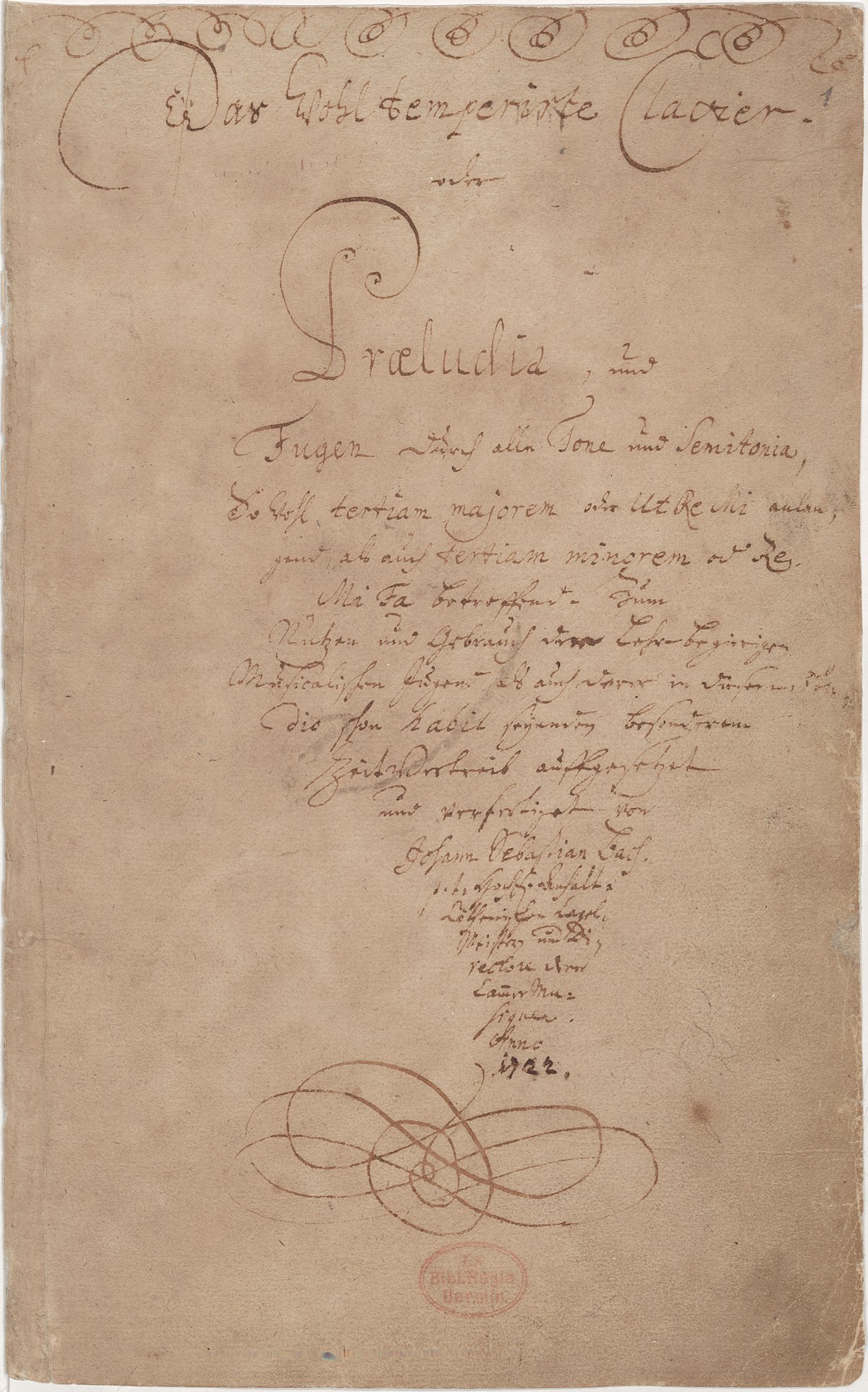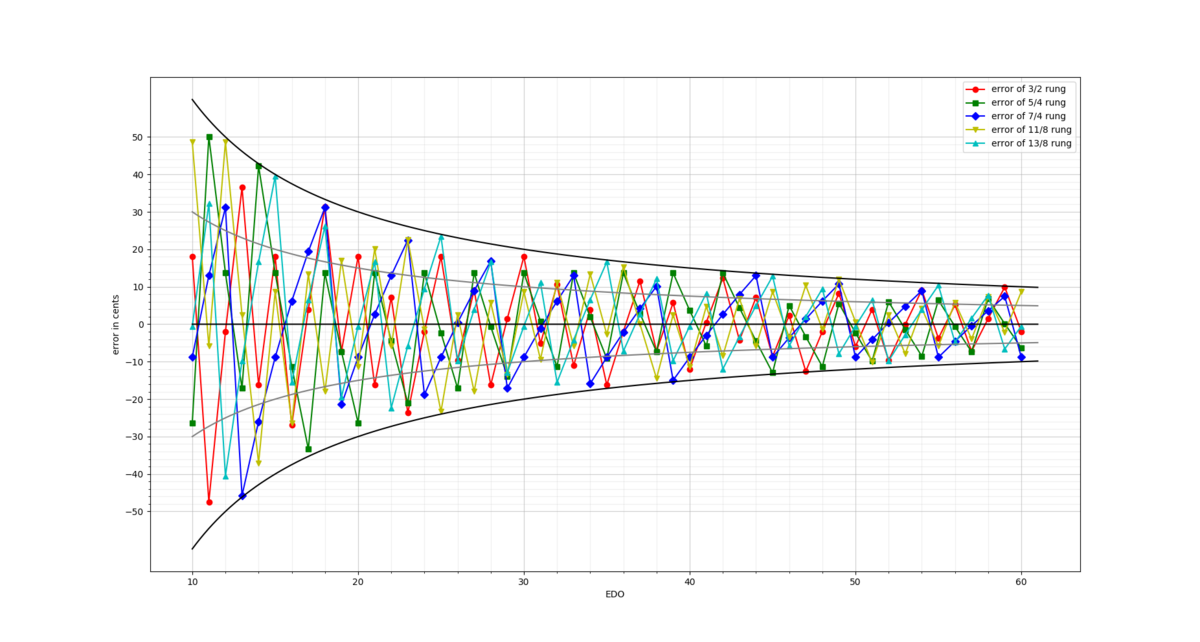Movable tied-on frets!!!
The 12 notes used in modern music are a compromise so that the same notes can be used in different keys. Most modern western instruments are “equal tempered” based on these 12 not-quite-right notes so they don’t sound too bad in any key.
But it sounds pretty cool when someone with movable frets (in the case on a guitar) can adjust them for the specific key they are playing in.
A ukulele like this is going on my “someday, when I can afford to have UAS” wishlist…
The 12 notes used in modern music are a compromise so that the same notes can be used in different keys. Most modern western instruments are “equal tempered” based on these 12 not-quite-right notes so they don’t sound too bad in any key.
But it sounds pretty cool when someone with movable frets (in the case on a guitar) can adjust them for the specific key they are playing in.
A ukulele like this is going on my “someday, when I can afford to have UAS” wishlist…
Last edited:


